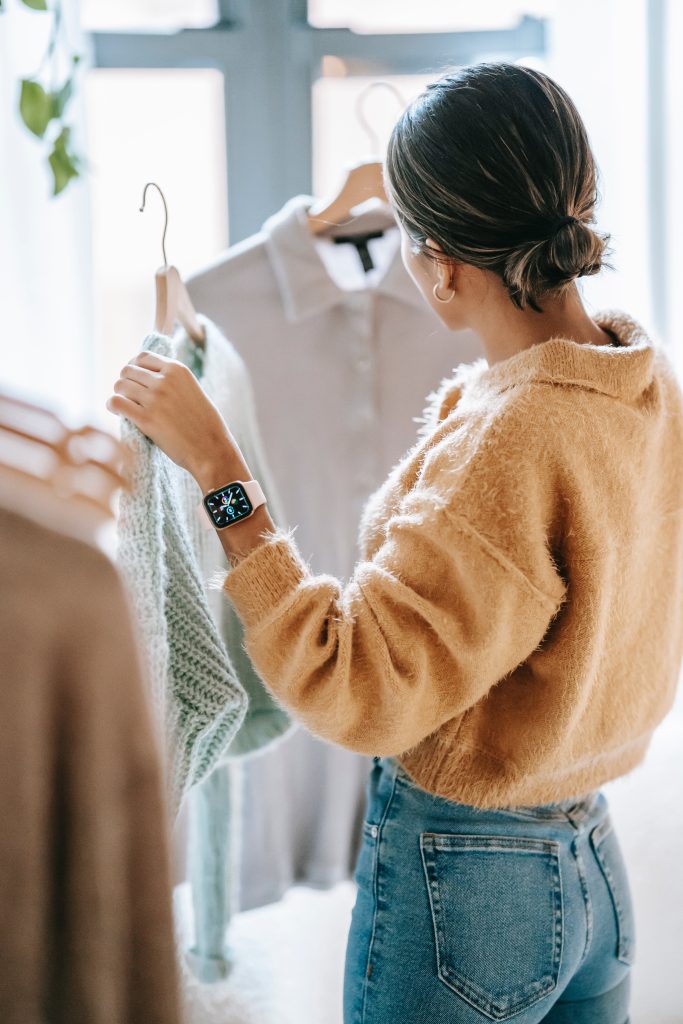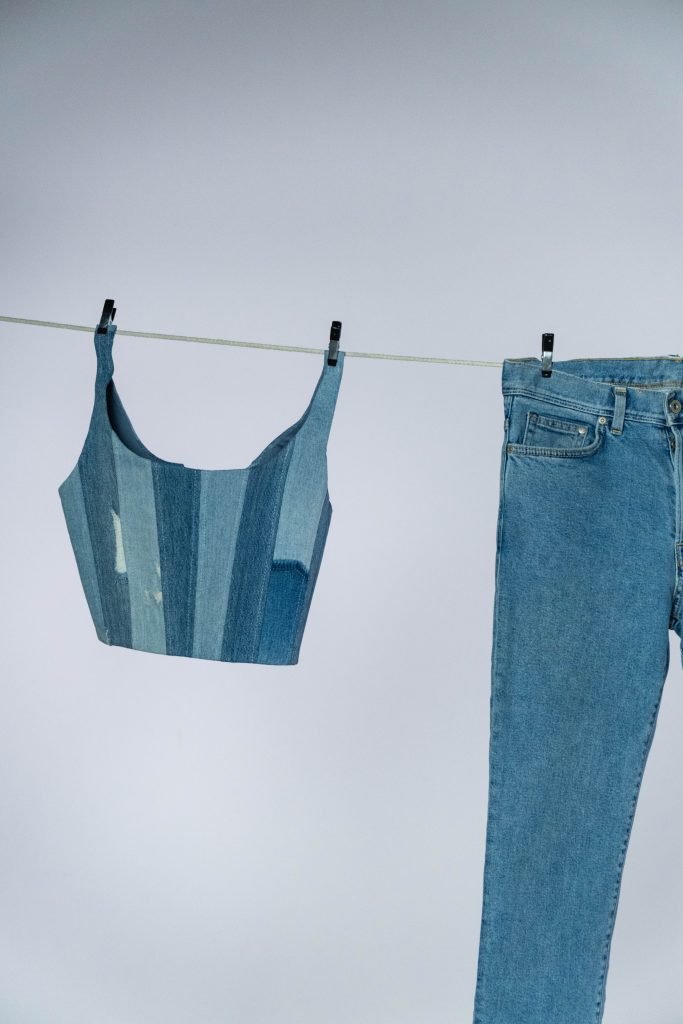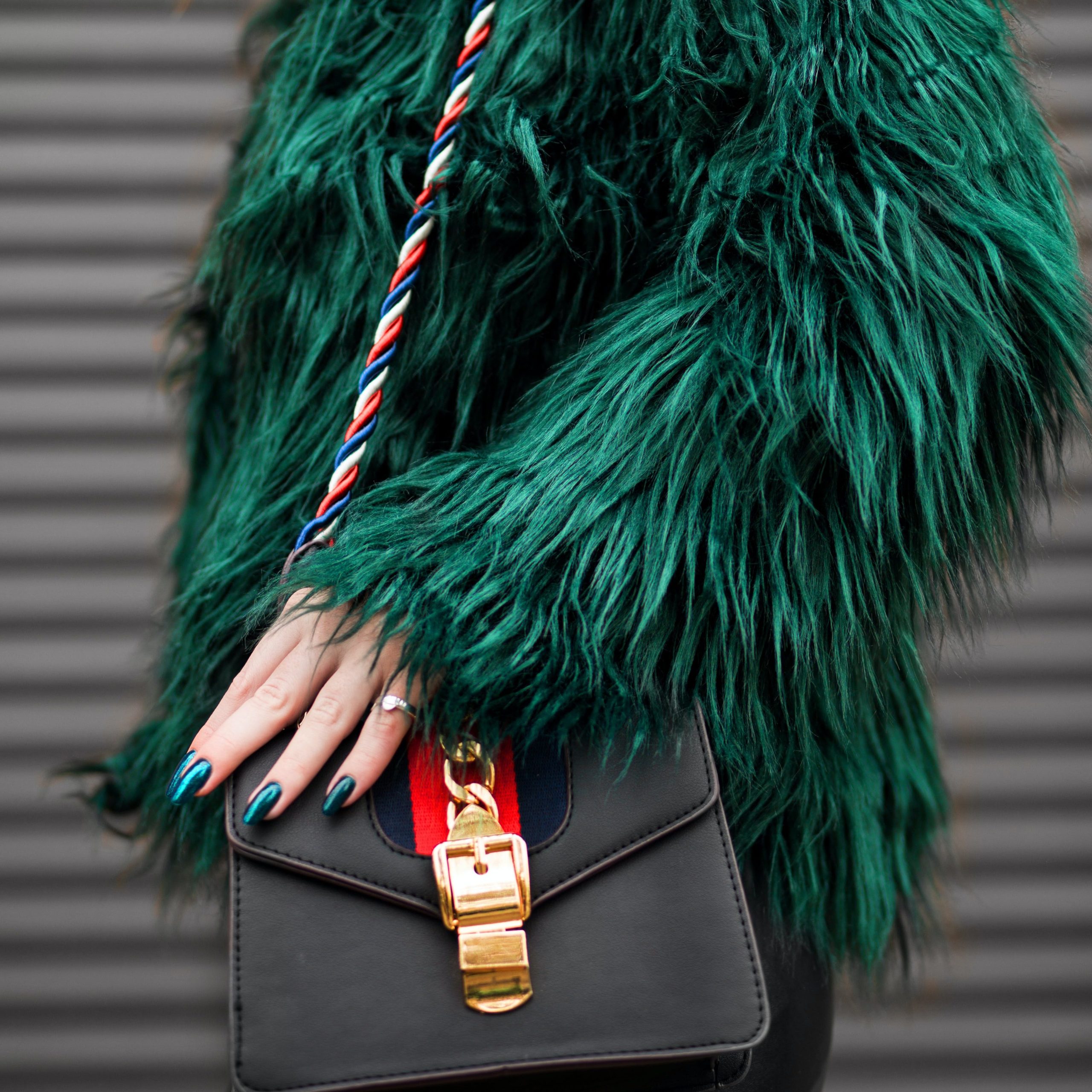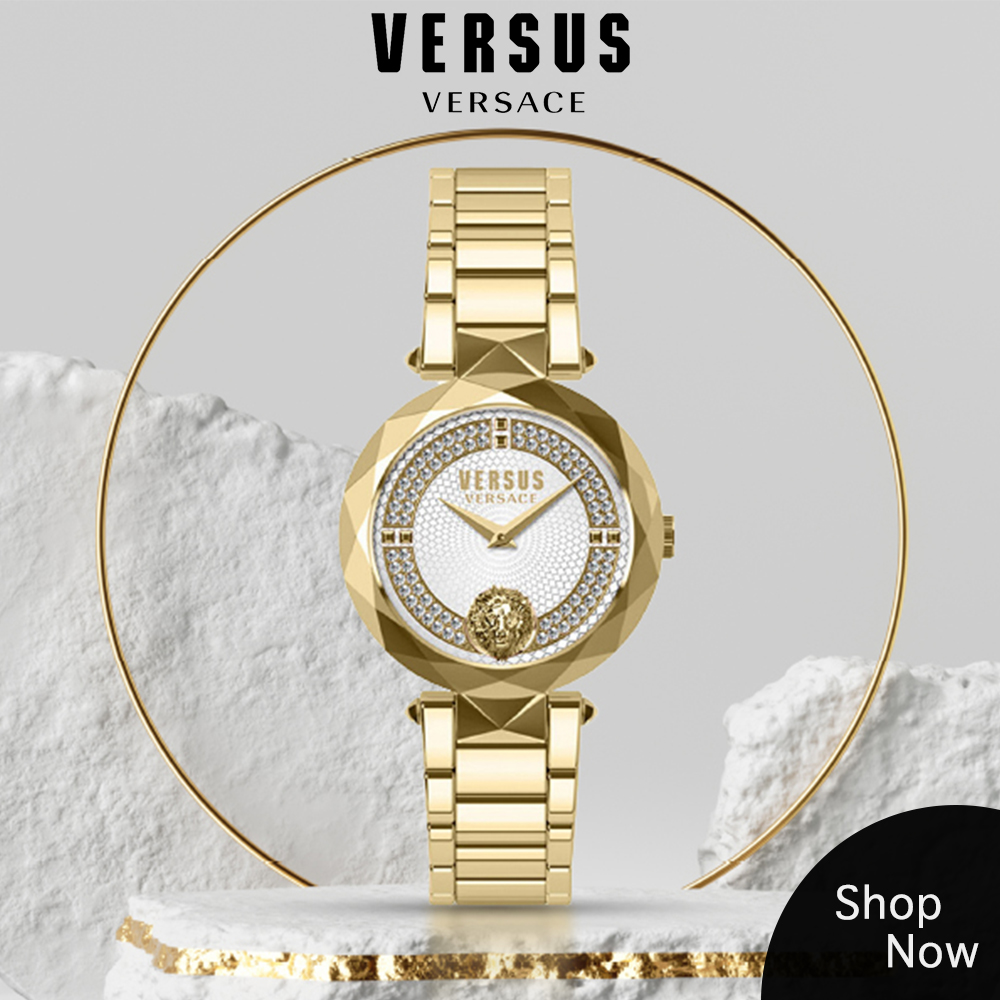Fashion has always been a dynamic and ever-changing industry, with styles and trends constantly evolving over time. From classic styles to modern trends, the evolution of fashion apparel reflects the changing tastes and preferences of society.


The history of fashion can be traced back to ancient civilizations, where clothing was primarily used for practical purposes rather than fashion statements. As societies developed, fashion began to play a more significant role in self-expression and social status. Classic styles emerged during different eras, reflecting the prevailing cultural and social norms of the time.
One of the earliest examples of classic fashion is found in the ancient Egyptian civilization. The Egyptians were known for their elaborate and ornate clothing, which symbolized wealth and power. The use of luxurious fabrics, such as linen and silk, and intricate designs showcased their opulence. Similarly, ancient Greek and Roman fashion emphasized draped garments, flowing silhouettes, and the use of natural materials like wool and linen.
Fast forward to the Middle Ages, and fashion took on a more structured and hierarchical form. The clothing of the nobility and clergy was elaborate and extravagant, adorned with embroidery, jewels, and precious metals. In contrast, the lower classes wore simpler and more practical clothing. This class distinction in fashion continued for centuries, with elaborate and restrictive garments signifying wealth and status.

The Renaissance period marked a significant shift in fashion, as creativity and individualism began to emerge. This era saw the birth of tailoring and the emphasis on body shape and proportions. Corsets and farthingales were worn to create the desired silhouette, emphasizing a small waist and full hips. Fashion became a means of expressing personal taste and style, rather than solely being a symbol of social status.
As the industrial revolution took hold in the 18th and 19th centuries, fashion became more accessible to the masses. The introduction of sewing machines and mass production techniques led to the democratization of fashion. Ready-to-wear clothing became available, allowing individuals of all social classes to participate in fashion trends.
The 20th century witnessed a revolution in fashion, with the birth of haute couture and the rise of fashion designers as celebrities. Classic styles like the “little black dress” by Coco Chanel and the tailored suit by Yves Saint Laurent became iconic staples of fashion. The 1960s and 1970s saw a shift towards more casual and relaxed styles, fueled by the youth culture and the countercultural movements of the time.
Today, fashion is more diverse and eclectic than ever before. The fashion industry has become globalized, with trends spreading rapidly through social media and technology. Modern trends reflect a fusion of classic styles with contemporary influences, blurring the lines between different eras. Streetwear and athleisure have become popular, emphasizing comfort and self-expression.
The evolution of fashion apparel reflects the changing attitudes and values of society. Fashion has evolved from a symbol of social status and exclusivity to a means of self-expression and personal style. Classic styles continue to inspire modern trends, as designers reinterpret and reinvent the past. Fashion will undoubtedly continue to evolve, driven by the ever-changing tastes and preferences of individuals and the influence of global culture.







